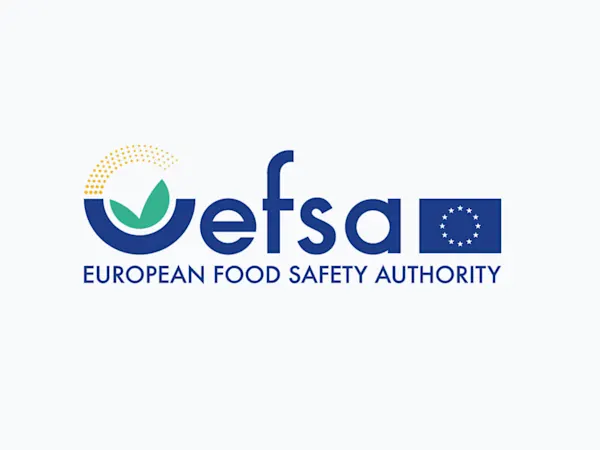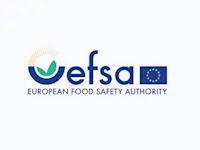
EFSA Seeks Feedback on Overhaul of Weight of Evidence and Biological Relevance Guidance
EFSA launches consultation on updating its Weight of Evidence and Biological Relevance guidance, aiming to streamline chemical risk assessment practices.


The European Union has introduced stricter regulations to safeguard workers from the hazards posed by lead, its inorganic compounds, and diisocyanates. The new rules, set to enhance occupational safety, signify a pivotal step towards minimizing exposure to these dangerous substances.
The directive, effective from 13 March 2024, revises the existing occupational exposure and biological limit values for lead and its inorganic compounds. Acknowledging the substance's reprotoxic nature, the EU has imposed a more stringent occupational exposure limit of 0.03 mg/m^3 and a biological limit value of 15 µg Pb/100 ml blood, effective from 1 January 2029. A transitional period allows for a higher biological limit value of 30 µg Pb/100 ml blood until 31 December 2028, to facilitate adaptation.
In an effort to protect female workers of childbearing age, the directive recommends that their blood lead levels not exceed the general population's reference values, with a specific focus on ensuring levels do not surpass 4.5 µg Pb/100 ml blood. This measure aims to safeguard the health of both workers and their future offspring.
The directive also introduces binding occupational exposure limits for diisocyanates, chemicals known for their respiratory and skin sensitizing properties. A limit of 6 µg NCO/m^3 has been established, with a higher temporary limit of 10 µg NCO/m^3 permitted until 31 December 2028, to address technical and implementation challenges.
The EU has pledged to keep these regulations under regular review, ensuring they remain aligned with the latest scientific findings and technical advancements. Additionally, the Commission will assess the impact of exposure to combinations of hazardous substances and consider including endocrine disruptors in future directives.
Foresight continuously tracks 1000s of sources and maps updates to your portfolio:




EFSA launches consultation on updating its Weight of Evidence and Biological Relevance guidance, aiming to streamline chemical risk assessment practices.

Germany's CONMAR-Impact study sets new environmental quality standards for TNT in marine ecosystems, raising industry-wide compliance questions.

EU Member States urge the Commission to accelerate the REACH revision, citing urgent health, environmental, and industry competitiveness needs.
Subscribe to Foresight Weekly and get the latest insights on regulatory changes affecting chemical compliance.
Free forever. Unsubscribe anytime.
Read by professionals at